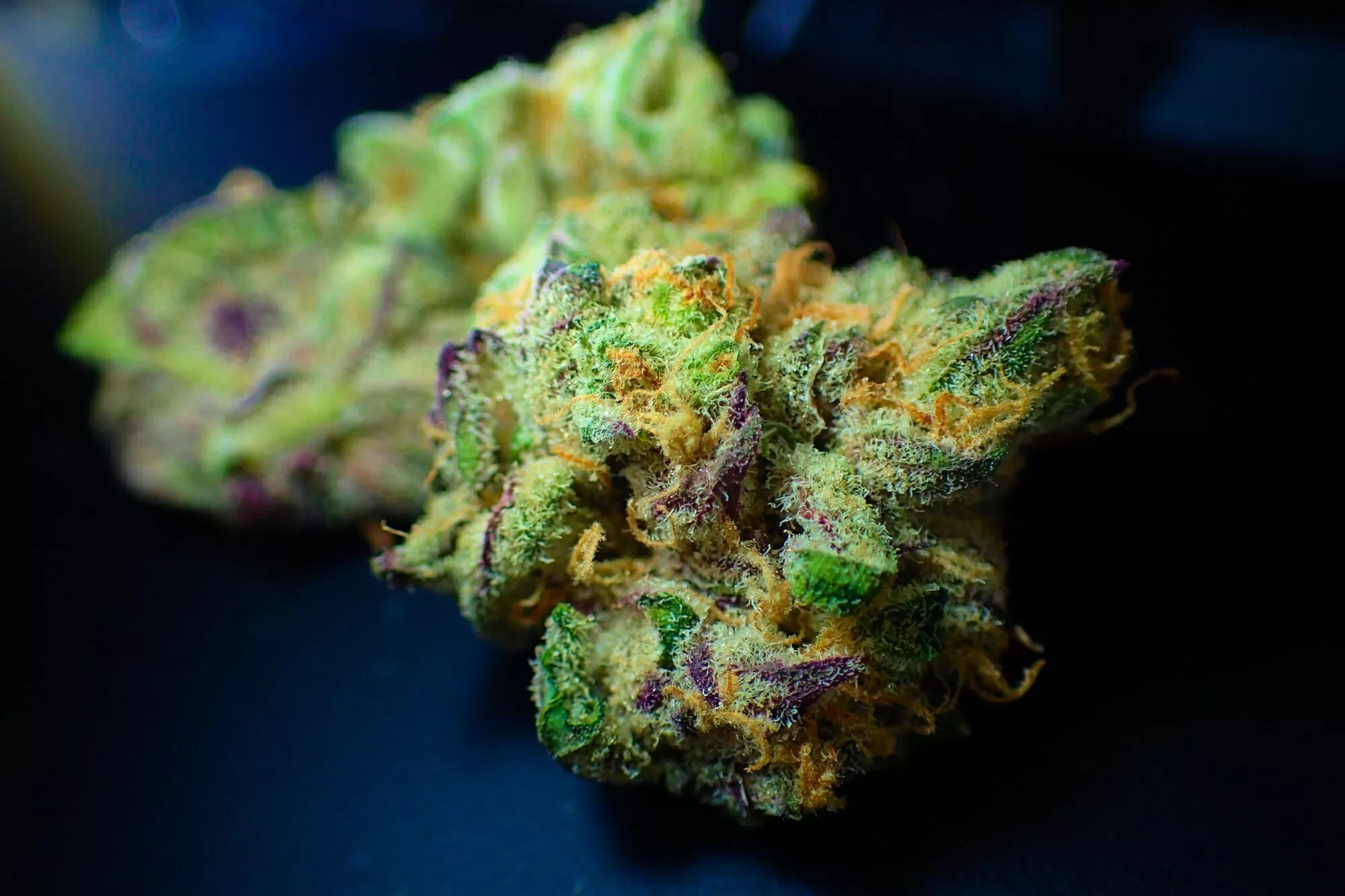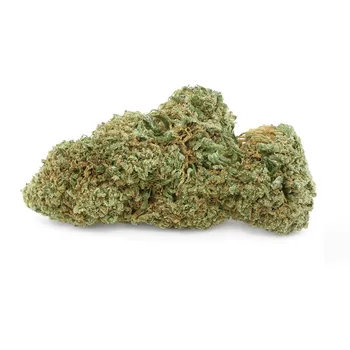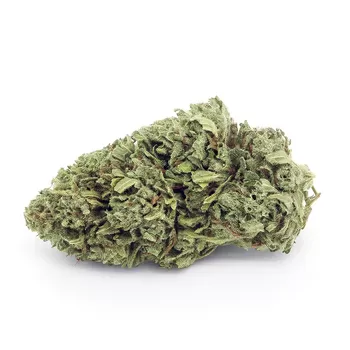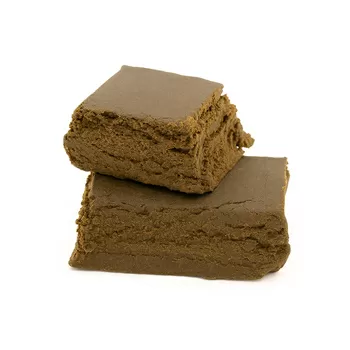Pot, weed, Mary Jane, grass, herb, reefer—marijuana goes by so many names you might have thought sativa was one of them. Actually, sativa is a species of the marijuana plant. When put in usable form, it's known for its energizing and creativity-boosting effects.
Lots of people use cannabis sativa to experience a high that gives them lots of interesting thoughts or even feelings of euphoria. We'll walk you through why that happens, as well as the details of sativa's journey to the joints, bongs, and brownies we see today.
What is Cannabis Sativa?
If you're new to the term 'sativa', you might think it's something you haven't tried before. But you might've experienced it without even knowing!
Many strains of weed are hybrids of two types: indica and sativa. There's also a third type, ruderalis, which is less widely known but becoming more popular these days. Each type grows a little differently and has a slightly different shape to the leaf. And the type of cannabis can also tell you something about the effect it might have on you.
Sativa comes from tropical climates, and it can grow much larger than the indica or ruderalis types. While indica is known for its properties surrounding sleep and soothing and ruderalis is known for low THC and high CBD, sativa is popular for recreational use.
Keep reading to learn why.
Origin
Sativa is native to the eastern regions of Asia, but some people know it more for its growth in Central Asia and Central and South America. It thrives in tropical climates and is used to lots of sun.
This might explain why the plant grows so tall and has narrow leaves. In areas of lush growth, plants sometimes have to compete with each other for sunlight, growing tall to reach the upper levels of vegetation. But because the light itself is so strong, these plants don't need a broad surface area to soak it up.
In contrast, the indica species originates from colder, less sunny climates. It's shorter and has broader leaves.
History
When it comes to scientific classification, sativa came first. Then came indica and finally ruderalis.
Carl Linnaeus, the famous botanist who created the taxonomy classification system we still use today, identified cannabis sativa in the 18th century. This was the field's first introduction to psychoactive cannabis plants. Years later, other researchers discovered that there were other types as well (indica and ruderalis).
Properties
Many people who enjoy sativa like it for its "head high". To understand what this is and how it happens, you might want to start with a background on something called terpenes.
Terpenes in Sativa
Terpenes are essential oils in the marijuana plant, and they help determine how the high will feel. These are also the parts of the plant you can smell, which is why different strains of weed will carry different aromas.
Sativa tends to carry high levels of a terpene called limonene, which has a citrusy aroma and uplifting effect. This, along with the other terpenes involved in any specific sativa strain, creates the cerebral feeling of a head high.
A Head High vs. a Body High
If you're not sure what the difference is between a head high and a body high, try to remember the thoughts and feelings you have while high. An experience of elevated thoughts (maybe even the famous high thoughts) is associated with a head high. And a feeling of slowness and calm is associated with a body high.
Head and body highs can also depend on the way you use the weed. The cannabinoids in the weed will give you more of a head high when they go through your lungs and more of a body high when they go through your liver. So smoking sativa might give you the ultimate head high while eating a sativa pot brownie could mellow it out.
THC and CBD
Terpenes aren't the only interesting ingredient in weed. Tetrahydrocannabinol, or THC, is known for being the primary psychoactive component of marijuana. And cannabidiol, or CBD, is known for its calming and anti-anxiety properties.
Sativa has high levels of THC compared to CBD. This is great if the psychoactive part is what you're most interested in. If you're prone to anxious highs, though, you might want to go with a hybrid or other type of weed that has higher levels of CBD.
Benefits
Some people smoke weed to feel a sense of calm, while others like the feeling of unbounded thoughts and ideas. If you're more interested in the latter, sativa could be just what you're looking for.
People don't normally think of weed as something energizing, but sativa is the exception. While it might not be the thing to take when you're about to run a 5K, it can give you an exciting and unique mental experience.
And while sativa likely won't give you a huge amount of physical energy, it could be a good option if you want to get high while still being able to move around and get things done. Other strains might make you want to chill out and just...keep chilling out.
Well-Known Sativa Strains
Some of the most popular sativa strains are Tangie Dream, Amnesia Haze, Purple Haze, and Sour Diesel. Each one will give you its own unique effect (and your body will also have its own unique reactions to each strain), but on the whole, these strains are known for making people feel happy and full of ideas.
Try It for Yourself!
Words can only take us so far. In order to understand how a cannabis sativa strain will feel in your body, you might want to experiment for yourself. Take extra care and keep in mind that the main effects of sativa are elevation and expansion.
And if you'd like to ask us about our products or what might be right for you, feel free to reach out! Cbdmania also offers different qualities of cannabis light and cannabis sativa, for more details you can visit our online weed shop.
 Italiano
Italiano Español
Español English
English Français
Français Deutsch
Deutsch



